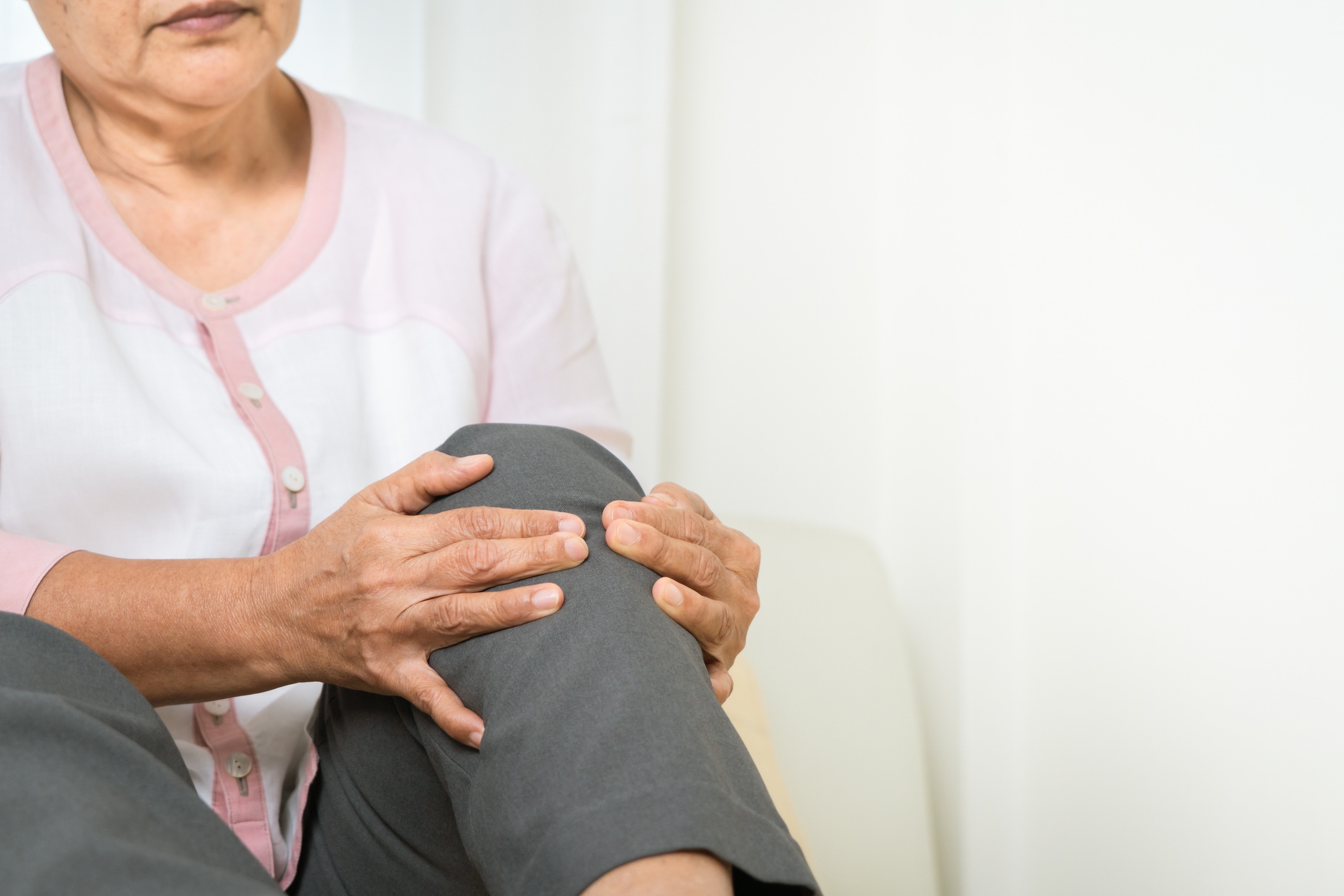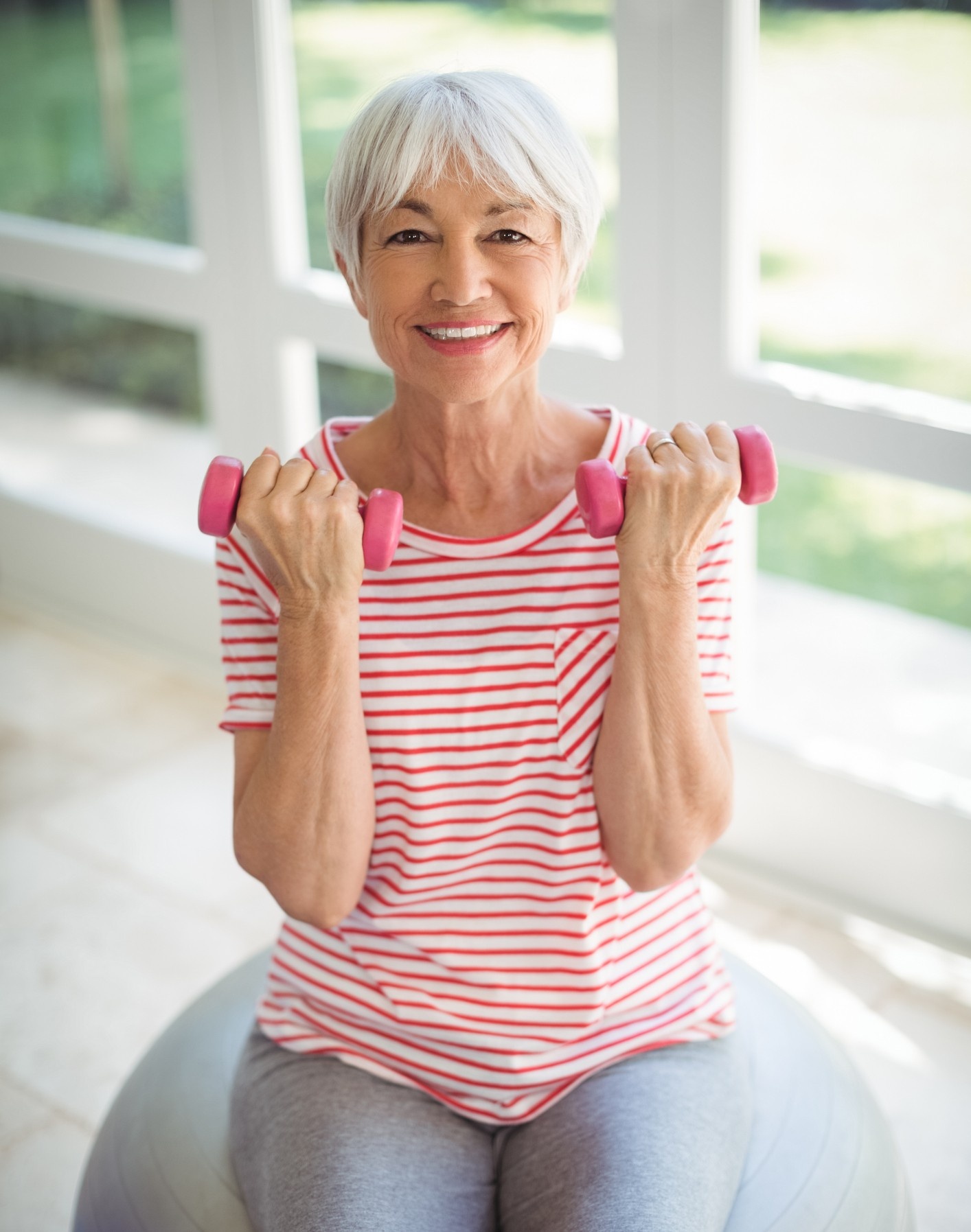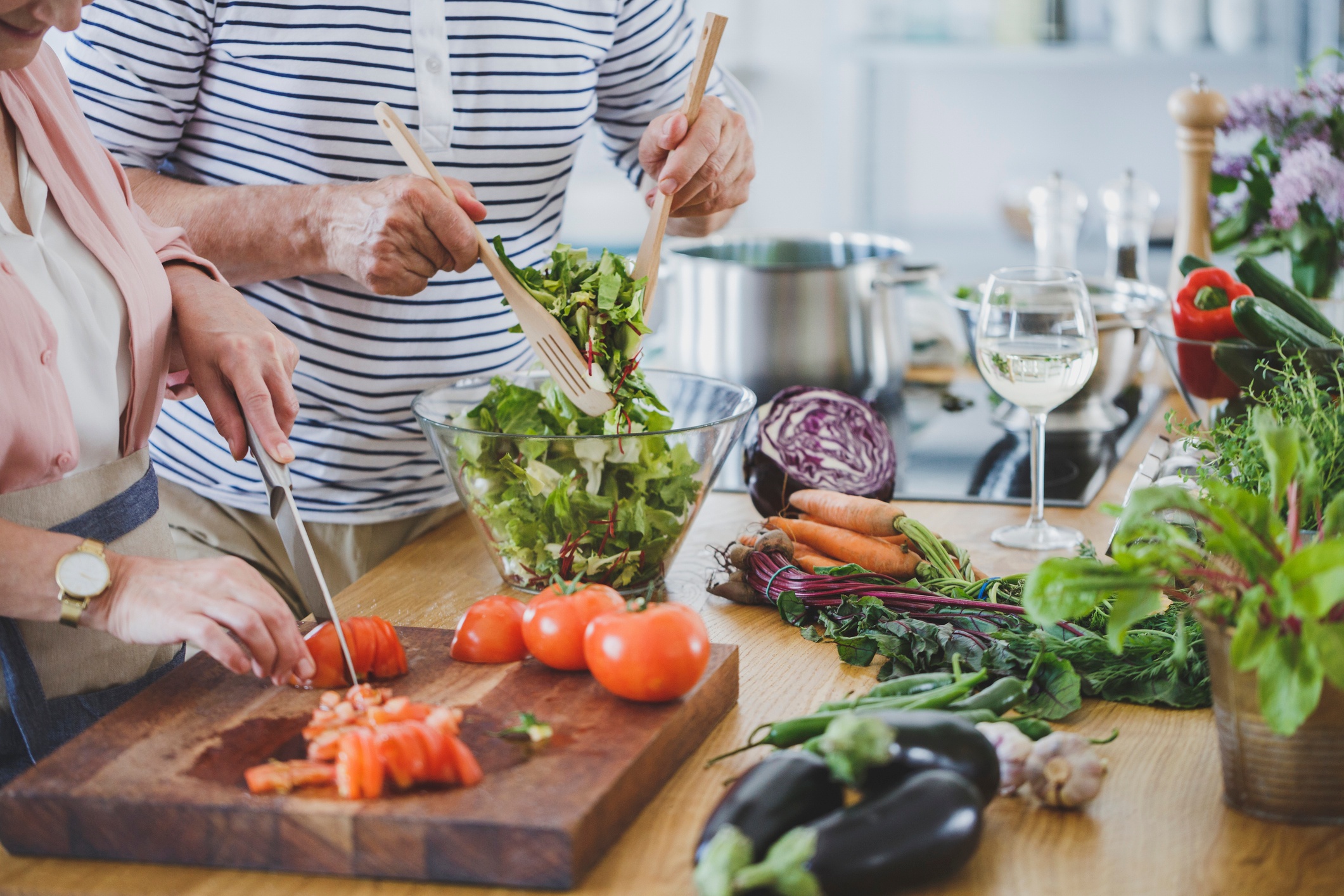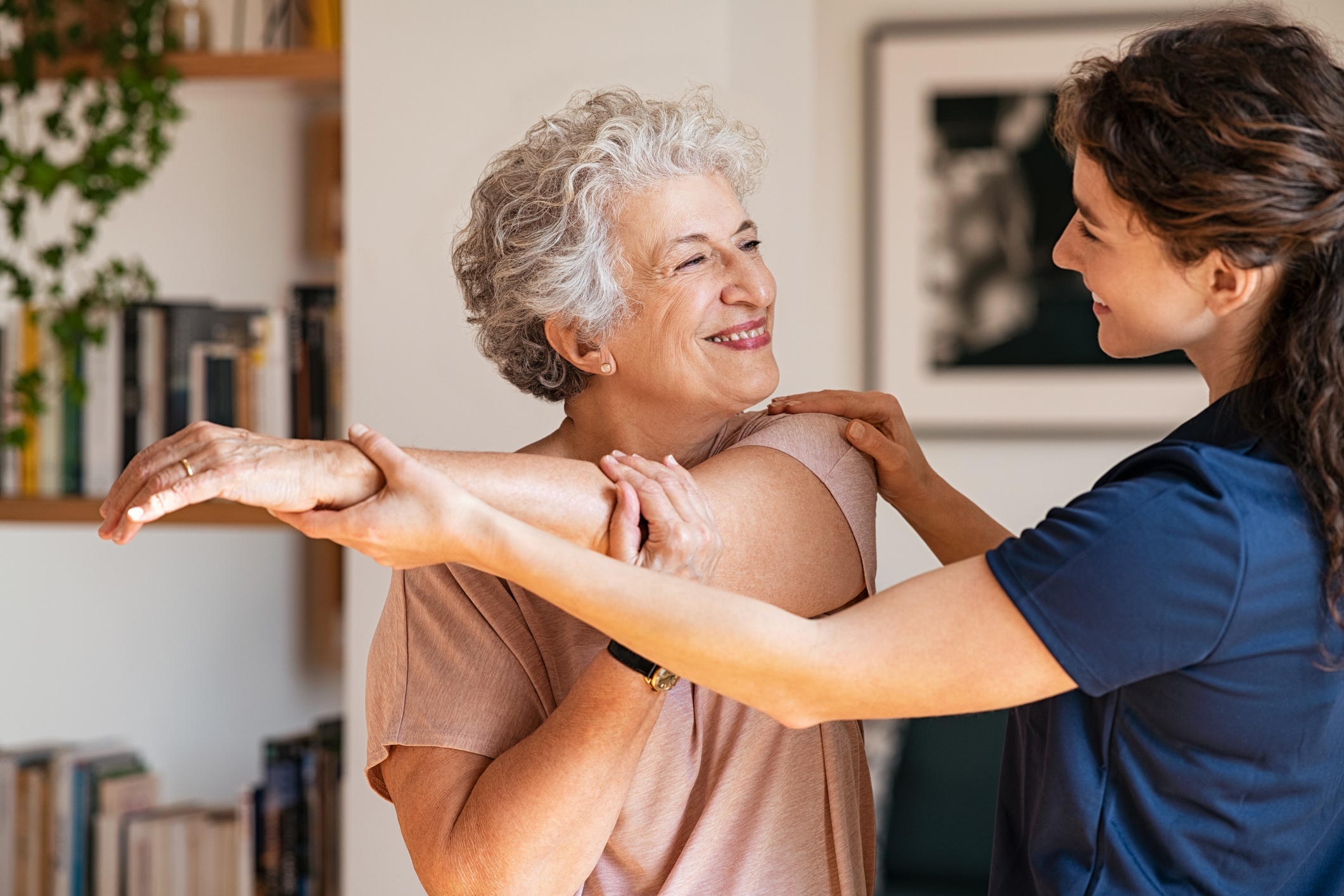Eat to Soothe Your Joints
Swelling in the body (inflammation) plays a big role in joint pain. What you eat can help reduce it. A diet full of anti-inflammatory foods can support your joints, ease pain, and boost energy and mood.
Here are easy ways to add more of those foods to your meals and snacks:
• Keep canned salmon or tuna on hand. Mix with a little mayo and mustard for tuna salad. Eat it with whole grain crackers or in a lettuce wrap.
• Use olive oil instead of butter for roasting veggies, cooking eggs, or sautéing meat.
• Add greens to soups and eggs. Toss in spinach, kale, or frozen broccoli.
• Try Greek yogurt with toppings. Add berries, granola, and flaxseed.
• Swap one coffee for green tea. It’s full of antioxidants and easier on joints.
• Blend greens into smoothies. Don’t like kale or spinach? You won’t taste them in a fruit smoothie.
• Snack smart. Try walnuts, fruit, or a small piece of dark chocolate.
• Make a spice basket. Keep turmeric, ginger, garlic powder, and pepper near the stove so it’s easy to add them to meals.
Want to learn more? Check out this short podcast episode, Small Bites to Healthy Living, where a doctor explains how food affects joint pain.









